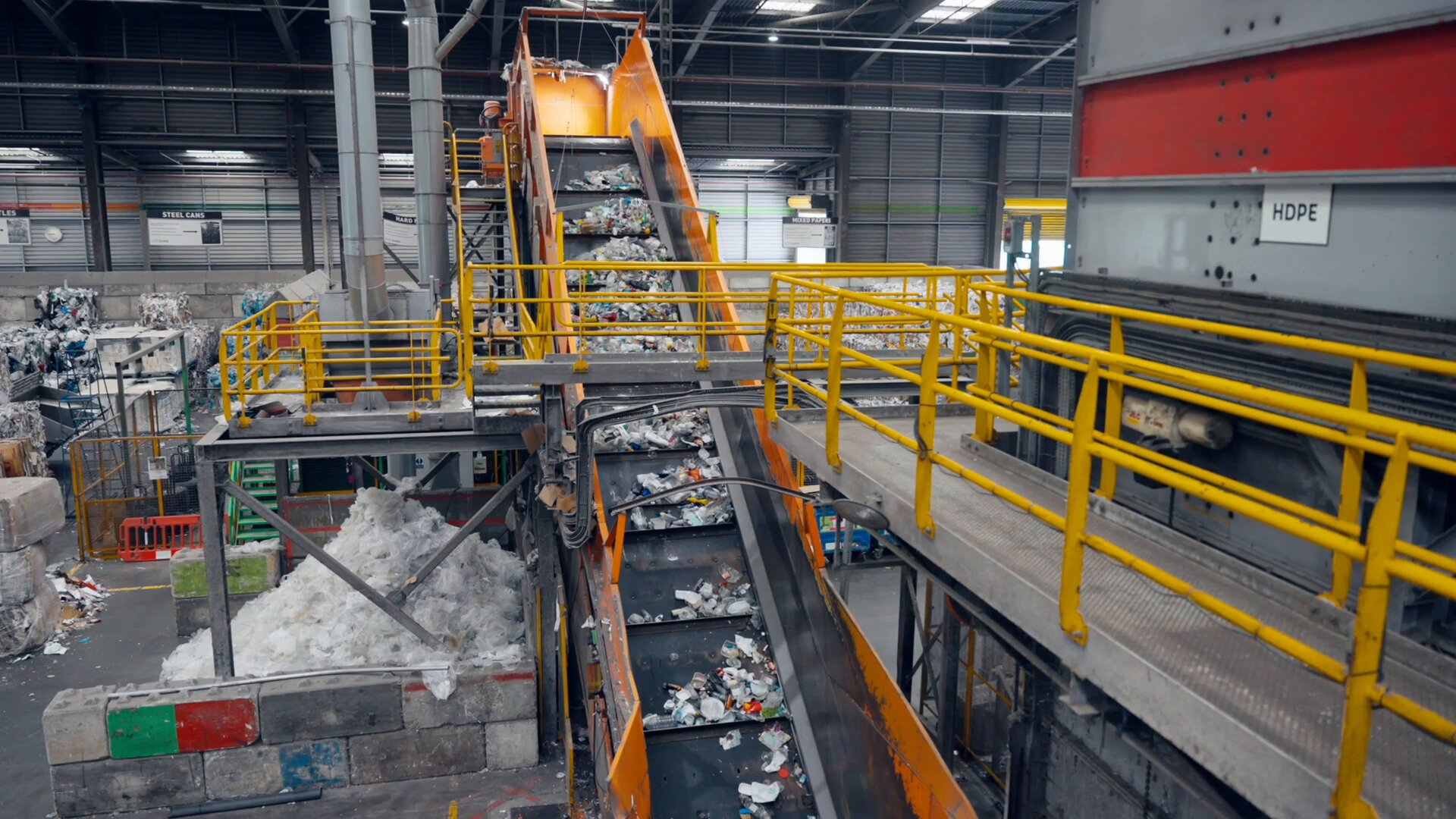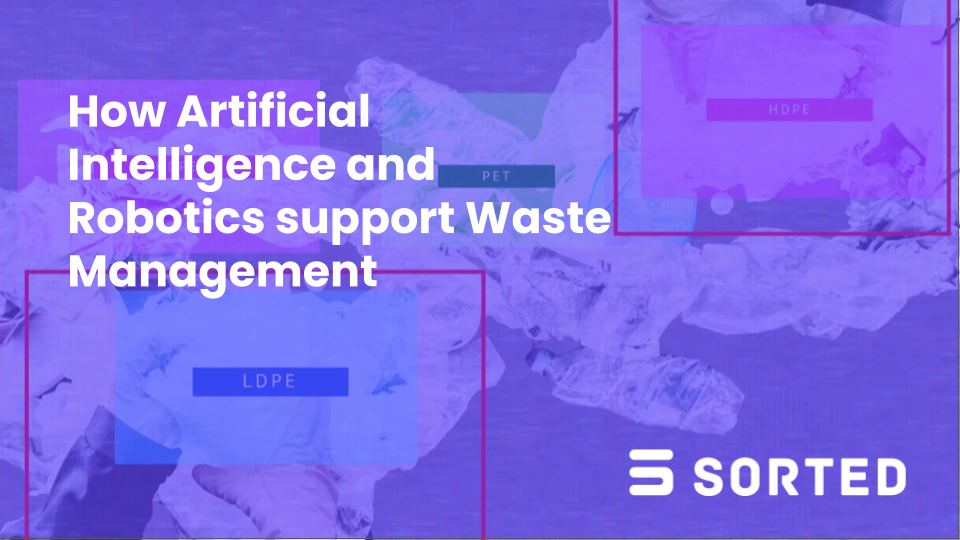Insights
How AI, Computer Vision and Robotics are set to impact Waste Management

This is the first article in our "How Artificial Intelligence and Robotics Support Waste Management" series.
The global waste management market is on a strong growth trajectory.
Projections estimate it to exceed $1,500 billion by 2029, with a compound annual growth rate (CAGR) of 5.6% from 2024 (source: Markets and Markets). However, the industry faces mounting challenges.
Rising waste volumes, high fluctuation in recycled materials prices, stricter recycling regulations, inefficient sorting, and labour shortages are increasing pressure on an already complex sector, making it harder to meet government recycling targets. To overcome these obstacles, the industry must evolve, and technology will be a key driver of this transformation.
One of the most promising innovations in this regard is Computer Vision, a field of Artificial Intelligence (AI). Computer Vision powers applications from sorting robotics to precise analytics, delivering numerous benefits for the waste industry.
Artificial Intelligence, Computer Vision, and Robotics: the basics
Artificial Intelligence (AI) is a technology that enables computers to mimic human cognitive functions such as learning from experience, recognising patterns, solving problems and making decisions based on vast amounts of data using algorithms.
Computer Vision is a field of AI that leverages machine learning to analyse and interpret visual data from images and videos. To put it simply, it acts as the "eyes" of automated systems like robots, allowing them to “see”. Computer Vision algorithms process this visual data to accurately detect objects, recognise patterns, and identify anomalies with high precision. (Source: Manning).

Robotics, on the other hand, is the field of technology focused on designing, building, and programming machines that can perform physical tasks automatically or semi-automatically, often replacing or assisting human labour. Not all robots are built with AI.
AI-powered robots benefit from AI’s ability to mimic human intelligence, meaning that they can perform more complex tasks, adapt to changing environments and make decisions.
Now that we have set the scene, let’s see how these technologies are combined to enhance waste management.
How AI, Computer Vision and Robotics are set to impact Waste Management
The Global AI in the Waste Management industry is expected to grow fast. Researchers estimate it to grow from USD 1.6 Billion in 2023 to USD 18.2 Billion by 2033 (Source: World Future Energy Summit). This means that the recycling industry, and more specifically MRFs and PRFs are about to experience a major transformation of their operations, with Computer Vision being the central piece of this evolution.
While it may seem like a significant shift for the Waste Management industry, Computer Vision is already well-established in sectors such as logistics, retail, automotive, and security and companies like Sorted have already developed highly reliable Computer Vision models that are purpose-built for the Waste Management industry.
Powering different applications, from waste analytics solutions to sorting robots, Computer Vision unlocks greater accuracy for material identification and triggers sorting automations.
So how does Computer Vision work in Waste Management?
In Waste Management, Computer Vision relies on cameras set above conveyor belts and advanced image recognition algorithms to automatically detect, and classify waste that passes on the sorting lines. By analysing material characteristics such as shape, colour, and texture, Computer Vision models can accurately identify various materials, including plastics, metals, paper, and contaminants.
This data is then interpreted and sent to either a software application, to feed analytics dashboards that inform MRF managers of everything, from contamination levels to material types; or sent to an automated sorting solution, a robot for example, to trigger an action such as picking a specific piece of waste.
This is why Computer Vision is the foundation of more accurate sorting of materials entering MRFs for recycling.
To continue learning about Computer Vision in Waste Management, read the next article in this series, here.
Or download our Whitepaper "How Artificial Intelligence and Robotics support Waste Management" here.



%201.png)

